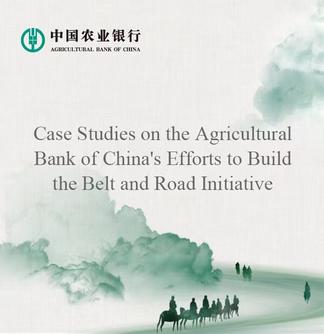MILAN, June 4 (Class Editori) -- Portugal is rolling out the red carpet for Chinese investors. "Our two countries wonderfully understand each other, the relationship is simple," Choi Man Hin – a member of the board of directors of Estoril Sol, a group that manages the Estoril casino – told Le Monde. "Portugal and China presidents have good relations."
"We are an open economy and we are proud of our attractiveness," said socialist Prime Minister Antonio Costa, who stated that investor nationality matters little, "what is important is the respect of Portuguese law and sovereignty".
"Let's face it clearly: we are very happy with Chinese investors and welcome them with open arms," added Luis Castro Henriques, the AICEP chairman, the Agency for Investment and Foreign Trade.
According to Rhodium Group, since 2000 China has invested over 6 billion euros in Portugal, to which are added the 3 billion injected by private individuals into the local real estate. In practice, the equivalent of 3% of the GDP: a higher relative weight compared to Greece (1% of the GDP, 1.9 billion), Spain (0.37% of the GDP, 4.5 billion), Italy ( 0.9% of the GDP, 15.3 billion) and France (0.6% of the GDP, equal to 14.3 billion).
The Chinese presence in Portugal has grown during the 2008 crisis. In 2011, in exchange for a 78 billion euros loan from its European partners, Portugal launched an austerity policy accompanied by a vast privatization plan. Chinese state enterprises took advantage of this, often making the best offers.
The State Grid Corporation of China acquired 25% of the Ren capital, the electricity grid operator, while China Three Gorges Corporation (Cgt) holds 23.37% of Edp, the Portuguese electricity company. The Chinese have also invested in the oil company Galp, in the media, in the health and finance sectors.
The private group Fosun, the largest shareholder of Bcp, the largest Portuguese bank, owns 85% of Fidelidade, the country's leading insurer, which in turn controls the Luz Saude hospital group.
Today the Chinese are present in almost all sectors. Last December, Huawei committed to developing the 5G for the local operator Meo. The same month, Lisbon signed a MoU to join the new Silk Roads and open Sines, its largest port, to Chinese investors.
On one side, the Portuguese groups hope that China will bring them the means to diversify their sources of investment without relying on neighboring Spain, on the other side, Lisbon represents for Beijing a bridge to the former Portuguese colonies: Brazil, Angola, Mozambique. Furthermore, the open position on the ocean is considered strategic.
Limited by a public debt of 120% of the GDP, eager to comply with European budget rules, Portugal has little room for manouvre to maintain its infrastructure. Here then is how the new Silk Roads could allow, for example, to renew the railway line between Sines and Madrid.
The economy of Portugal, which has a population of just over 10 million inhabitants with a per capita income of 20,000 euros a year, is expected to grow this year by 1.6% and 1.5% next year, according to the latest estimates of the International Monetary Fund. The unemployment rate, 6.8% down next year to 6.3%, is almost half of the Italian one.
The public finances are characterized by a level of debt on the GDP equal to 107%, this year, down to 104% next year, according to the IMF, a budget deficit of 0.1% while the balance of payments, in relation to the GDP, is slightly negative.
(Source:Class Editori)
Notice: No person, organization and/or company shall disseminate or broadcast the above article on Xinhua Silk Road website without prior permission by Xinhua Silk Road.




 A single purchase
A single purchase








